MAX KANDHOLA’S TRILOGY
December 1st, 2008 adminI was fascinated to find out more about Max Kandhola’s body of work ‘Trilogy’ which I touched upon in my last post. Having been in touch with Max, he’s kindly sent me an introduction to the series, which I’ve quoted below alongside some photographs from Flatland (the second part of the trilogy).
“Since the mid nineties I have embarked upon a personal odyssey in mapping my family heritage, Sikh Punjabis, dealing with my life and journey, a social and political mapping of living in England since my parents arrived in the 1950’s. Identity and the notion of home is still firmly imbedded in the motherland for the diasporic Punjabi.”
Kapurthala District travelling between Phagwara and Phillaur Jalandhar District © Max Kandhola, 2004
“Rite of passage, rituals, belief, cast and mysticism, have played and performed their role within the psyche of first generation Punjabis in England. This influence and persuasion can be suffocating, misplaced and at times divisive leading to insecurity. My family are successful in all forms of business, lawyers, accountants, doctors, property developers and the infamous corner shop. Second and third generation Punjabis are looking beyond the veil of scepticism and guilt and beginning to challenge preconceived ideologies and perception about identity, what Indian or Punjabi is in the 21st century living in England.”
Gurdaspur District between Pathankot and Kathua (Jammu & Kashmir State) off the Jammu Road © Max Kandhola, 2006
“My life is in England, my mother, father and brother have been cremated and have had there ashes placed within running water within the lakes and rivers of this country. What is it to be a Punjabi in England. I speak Punjabi; understand the language. My mannerisms are English, yet when I speak Punjabi, the movement of my arms and head tend to elaborate and mimic the rhythmic tone and vocabulary of the forms and sounds generated by the Punjabi vocal chord. It’s quite beautiful and liberating.”
Jalandhar District near Village Saidhowal © Max Kandhola, 2006
“My personal insight and journey is through photography, which adds to the various chapters of contemporary art and literature, unfolding new narrative in placing diasporic Punjabis within a context of further critical discussion. My story is about home, England, my parents, death and dying, the Punjab and diaspora, homeland a new beginning, second and third generation Punjabis, and identities in England. Using archive material, random snapshots and new commissioned and personal work, I will be bearing witness to a family saga, spanning over several generations in discussing ancestral narratives.”
Fatehgarh Sahib District between Humayunpur and Sarai Banjara on route to Rajpura in Patiala District © Max Kandhola, 2004
“Illustration of Life (Dewi Lewis Publishing and Light Work New York 2003) is the first part of a trilogy, which began in 1996, in documenting his father’s struggle with cancer, and his last moments in life, which also explored issues within Sikh ritual, immortality and death. In the final pages of that book are three photographs of Kandhola’s father’s ashes. In Punjabi tradition the ashes are scattered in running water, a physical link re-introducing the body back into the land. Using this as metaphor Kandhola used death as a reference in his exploration of the Punjab land as resurrection of the body, in Flatland A Landscape of Punjab (Dewi Lewis Publishing 2007), which forms the second part of the trilogy.”
Kapurthala District near Khera Majja © Max Kandhola, 2004
“In Flatland A Landscape of Punjab, Kandhola documented the Punjab landscape, researched over a period of four years (2003-2007). Using the backdrop of cities and uncharted villages he has used the location of the rivers and the surrounding landscape as a metaphor in discussing aspects of Sikh Diaspora, the themes of memory and migration. The Photographs in Flatland constitute a photographic discourse of isolation and arcadia, the fantasy of mythological and scared places of cremation, a rugged terrain surrounded by meadows and pastoral land rather than the reality of urban city life. The photographs refer to the historical symbolism of land, and through the juxtaposition of iconographic references its association with Sikh Punjabi’s living in England.”
Patiala District near Rajpura © Max Kandhola, 2004
“In the final part of the trilogy, Roti Kapra aur Makhan, (Food Cloths and shelter), which Kandhola is currently researching, he will document the mundane and the vernacular, new family portraits and archive from the 1950s. The quote has been taken from a 1970’s bollywood film, and also within a social and political context referring to Indira Gandhi who used this verse to comment on the development and growth of the working people of India in 1970, and most recently by the late Benazir Bhutto for the PPP Pakistan People Party, that there will be bread, clothing and shelter for all.”
Travelling through Hoshiarpur District into Gurdaspur District over looking Himachal Pradesh © Max Kandhola, 2006
“Roti Kapra aur Makhan, the term is a metaphor for new beginnings, a cultural reference in discussing ancestral homes, ontology of the family through portraiture, and material culture. Mapping geographical roots and the topography of change from first to third generation Sikhs from Punjab. The narrative will present recognized and unfamiliar metaphors in discussing change and the mystical and mythological antidotes in referencing old and new ideologies of cultural change and extreme views and perceptions on life.”
Morning sky over Firozpur and Rajasthan © Max Kandhola, 2005


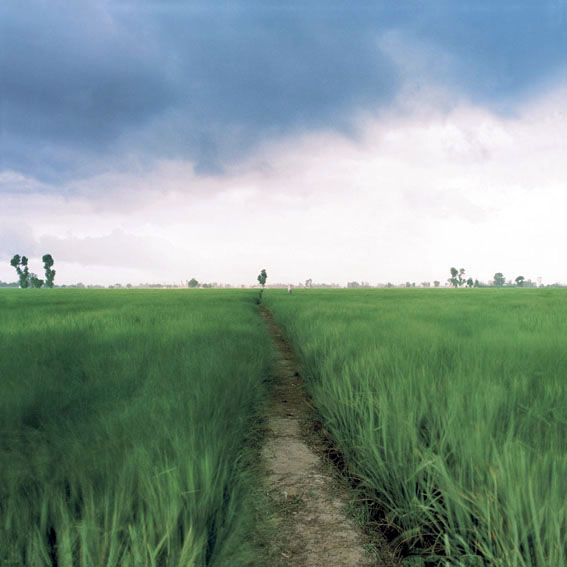
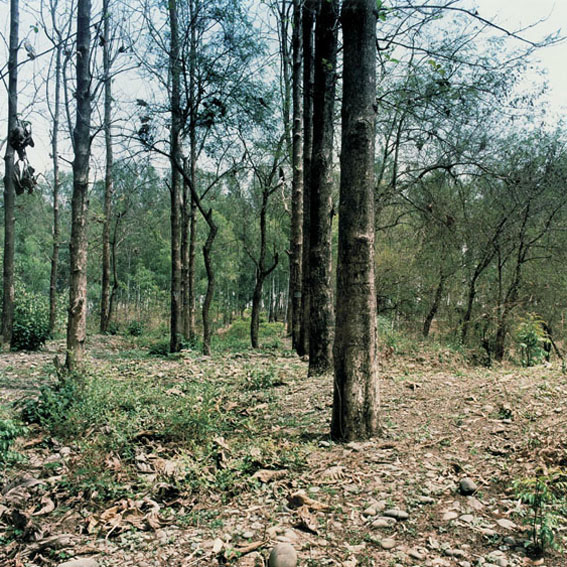
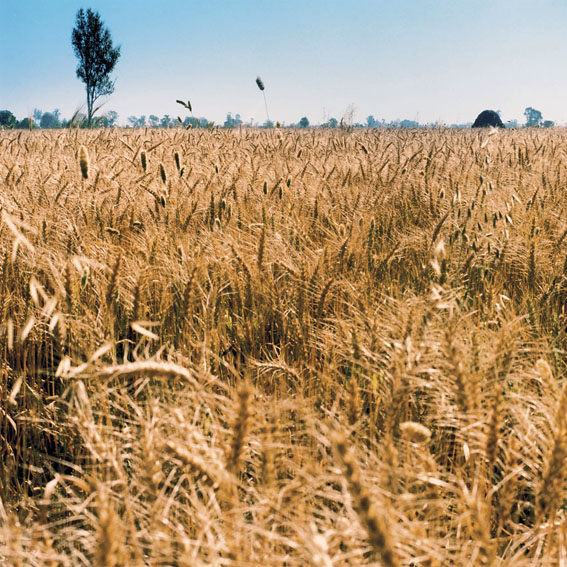
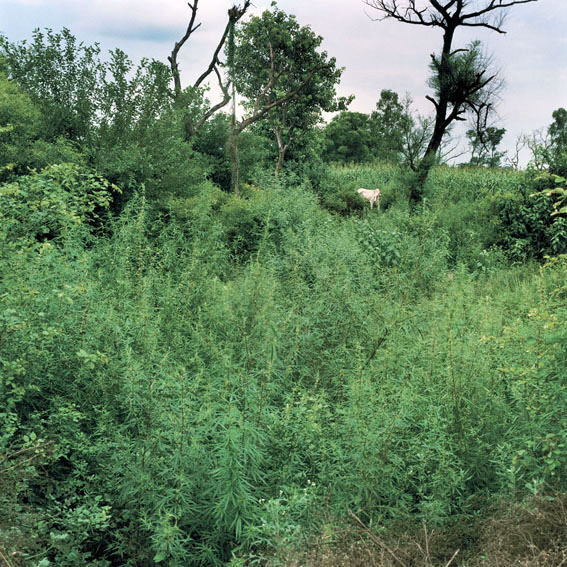
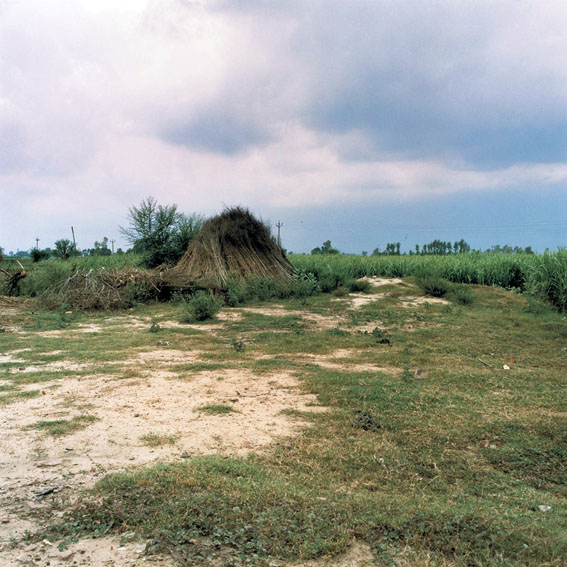
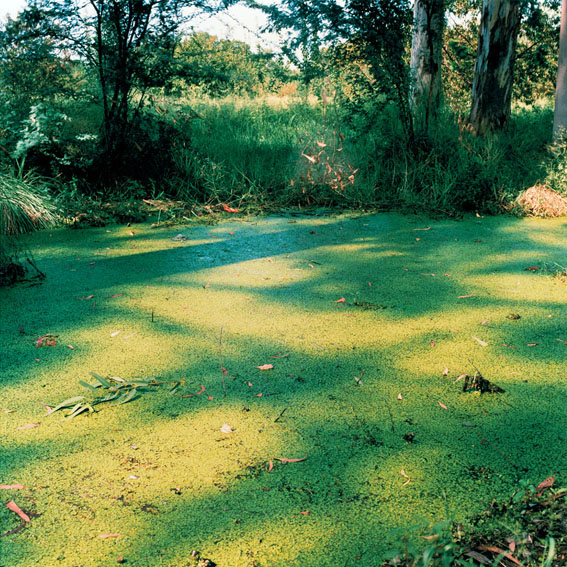
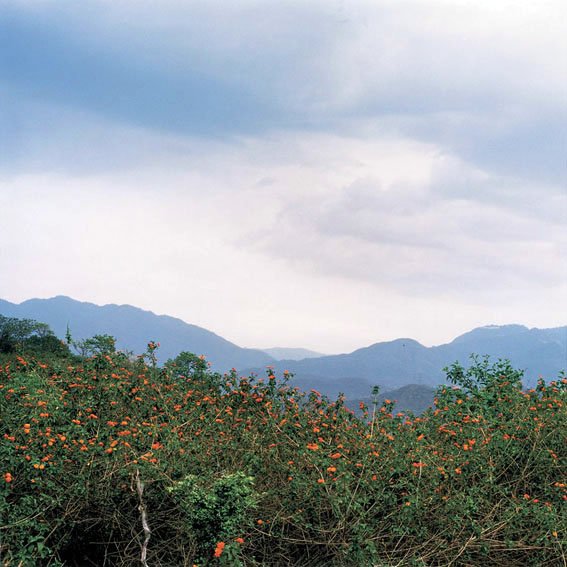
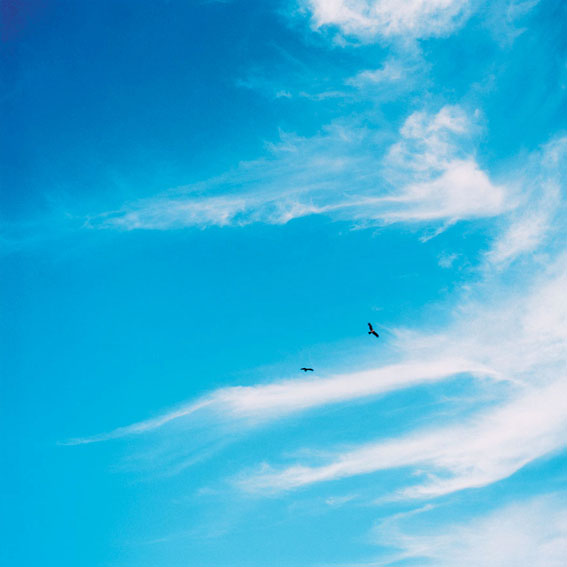
June 3rd, 2009 at 12:34 pm
Absoutly Beutifullll– my grandmothers home village- philaur (Ramghar)wish there was more pics of it though!
August 4th, 2009 at 2:02 am
I liked pictures and accompanying commentary. I was looking for pictures of Phillaur, my ancestral place. Thank you, Mahender
May 7th, 2010 at 8:10 am
I really do not get this current trend for the sort of lanscape photography that shows a empty space.Nor do I enjoy the sort of Romatic lanscape by the like of Messers Charly Waite.
November 21st, 2011 at 5:45 pm
Compare my Dewpond images in Friston Forest, East Sussex (2008)to Max Kandhola’s “Patiala District near Rajpura” (2004)photographs.
It seems that the identity of the landscape is in the detail.